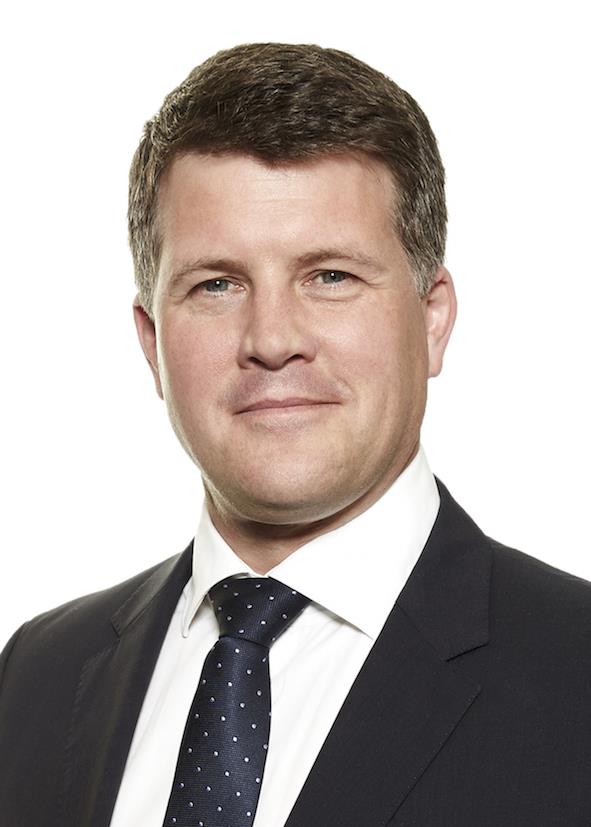The saying “Speak now or forever hold your peace” is common at most weddings. But it also applies at this time of year to golf managers with budget responsibility.
The saying “Speak now or forever hold your peace” is common at most weddings. But it also applies at this time of year to golf managers with budget responsibility. It’s budget season at most clubs and courses, and now is the time to speak up. Because what you say and communicate during the budget cycle will go a long way in determining how successful, even how enjoyable next year will be for you and your team.
Many seem to think that budgeting is purely a financial function, filled with numbers, numerical assumptions and calculations. However, our firm’s experience is that budgeting is more about communicating than it is adding and subtracting. To prove the point, here are three steps in the budget process that rely on communications.
1. Establish Objectives
Begin the budgeting process by having discussions with your management team to make sure you understand the larger goals of the course and club. Next, review last year’s objectives to see which ones were achieved and which need to be reflected in next year’s plan. Now it’s time to write objectives for the coming year.
State what you want your operating department to achieve in next year. Set aggressive but realistic goals for yourself and your management team.
Remember, objectives should be specific and time bound so they can be measured. “Improve course conditions” is neither specific nor time bound. A better way of stating a goal like this is: “Improve course conditions to achieve a 10 percent increase in ‘excellent’ ratings by club members by the end-of-the season member satisfaction survey.”
Do not equivocate or hypothesise. State clearly what you will accomplish. Align the intended achievements to the goals and objectives provided by your board of directors or ownership. State the outcomes in simple and measurable terms, such as:
- “The club will generate a positive cash flow of $ x.”
- “We will recruit x net new members.”
- “We will increase rounds played at the course by x%.”
Ensure that your expected outcomes are supported by facts and are tied directly to prior year performance, the realistic capacity of your facilities and the potential of the programs and actions your plan proscribes.
Simple is better in all writing, and that’s especially true of budgets. If you cannot describe your objectives in simple terms, management and the board will be confused and you won’t get the budget you need. Here are three examples of simply stated objectives:
- Increase non-weekend food-and-beverage revenues by 15 percent by year-end.
- Reduce temporary labour costs by 3 percent in the first and second quarters.
- Recruit new members and reduce attrition to achieve a net growth of 25 members during the spring membership campaign.
This is not the place where you state how your objectives will be achieved. Those are the tactical details that come next.
2. Show How Objectives Will Be Achieved.
Link your objectives to well-defined programs and actions that will deliver the desired results within the stated time frame. Taking two objectives from above, below are examples of how your tactics could be expressed.
- Increase non-weekend food-and-beverage revenues by 15 percent by year-end.
- Recruit new members and reduce attrition to achieve a net growth of 50 members during the fall membership campaign.
- Create new marketing campaign focused on families.
- Institute member survey that identifies dissatisfied members before they leave the club.
3. Identify the Risks.
Risks abound for private clubs and public facilities, including local business downturns, road closures, long periods of bad weather and agronomic crises. An effective budget plan identifies the risks and measures the potential impact — in euros/pounds, time and missed opportunity — if risks become reality.
Excellent planners also describe the cautionary steps and preventive measures to minimize the unfavourable effects of business risks. Now is the time to speak up and make the case for the budget you need to do your job effectively. Speak now or forever hold your peace — at least until the next budget cycle.

Rob Hill is a Partner at GGA with responsibility for their EMEA Office. A former recipient of Boardroom Magazine’s “Strategic Planning Firm of the Year” award, GGA brings an unmatched financial, marketing and operational focus to each of its strategic assignments. The firm serves over 2,700 clients around the world from offices in USA, Canada, Europe and the Middle East. GGA is a CMAE Corporate Partner and you can learn more of their credentials and expertise at www.globalgolfadvisors.com

